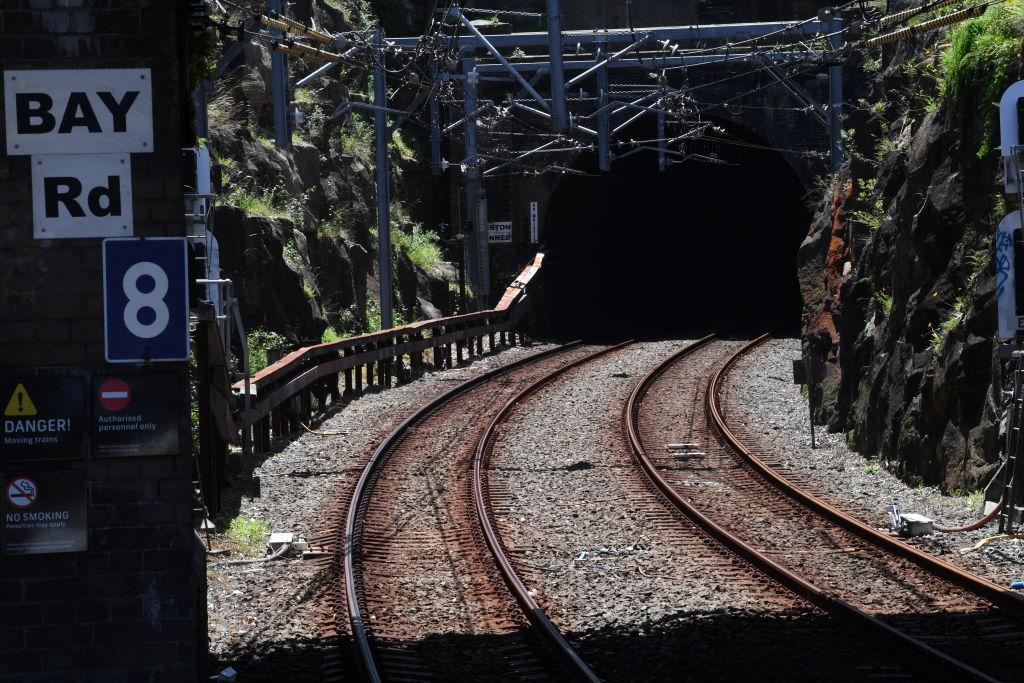Australian businesses could save over $200 million (US$144 million) in freight costs each year if they switch to the under-construction Inland Rail once it is completed, new research has found.
According to the Commonwealth Scientific and Industrial Research Organisation (CSIRO) modelling, the 1,700 kilometre Inland Rail network would drive down the cost of transporting 22 million tonnes (24.2 million tons) of goods by $213 million per year.





